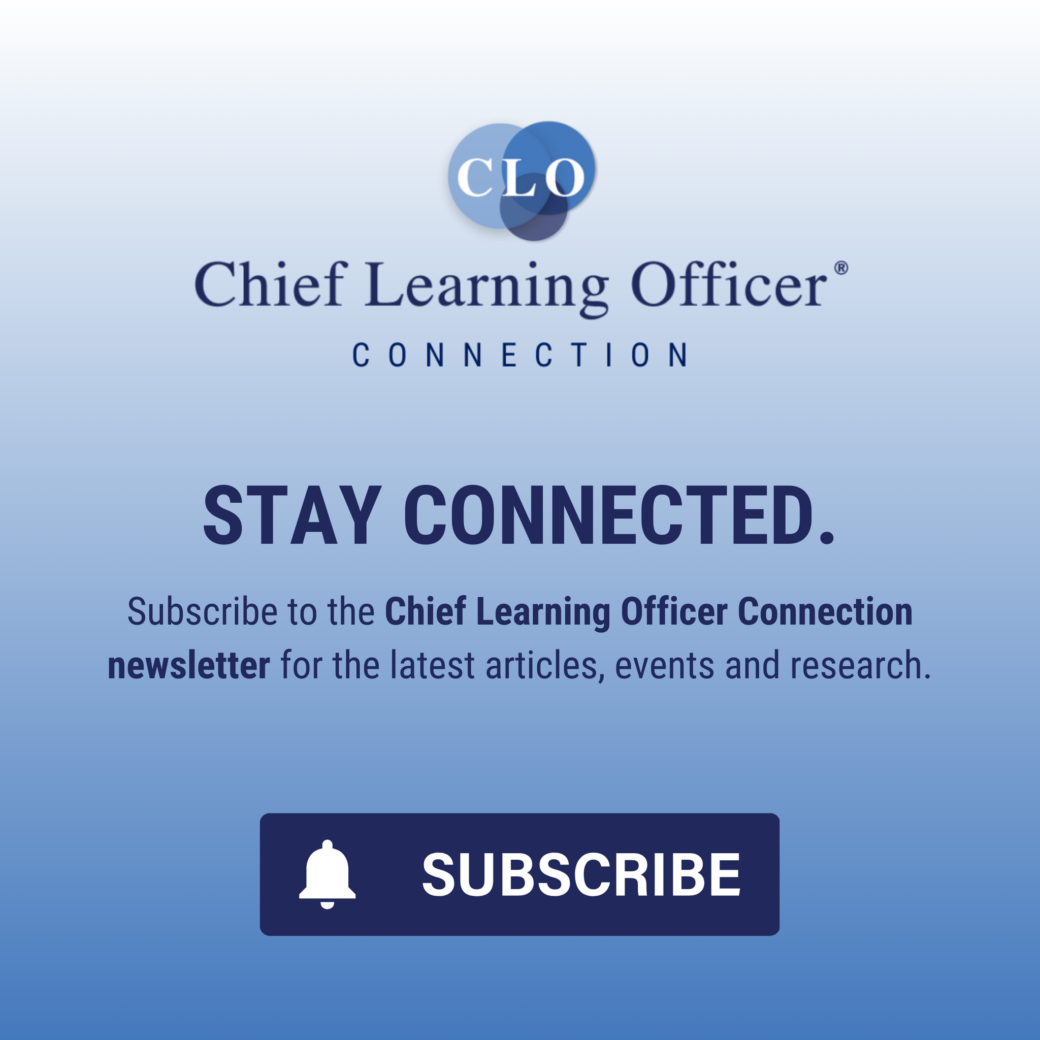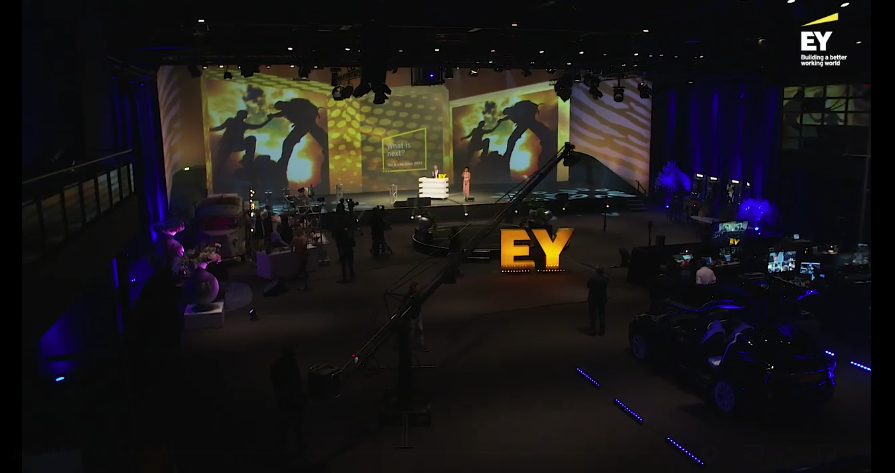This year’s U.S. presidential campaign is a fascinating case study for the deployment of new models of learning, performance support and content. New technologies, changing user expectations and increased voter interest and engagement are seeding extreme innovation on the campaign trail. Here are some intriguing examples:
Distributed volunteer training
In the “old” days, people would volunteer for a campaign by spending time in a storefront office. There, they would get some quick training and be handed a set of tasks, such as calling potential voters to get out and vote.
Campaign 2.0 models have distributed both the training and supervision of volunteers. Now, volunteers can go on the Web when they have a few hours available to make some calls. Let’s look at the steps in this process:
• First, they receive online briefings on how to make a campaign telephonic reach out.
• Next, they enter their demographics (e.g., languages spoken) and are then given one potential voter to call.
• A performance-support script pops up, taking them through the stages of the phone call.
• The voter’s response and commitments are then entered on the screen.
• Volunteers are then provided additional coaching or the next voter’s phone number.
This approach to distributed volunteer management is revolutionary in the size and characteristics of voter reach out made possible. Rather than relying on paid telemarketing folks or those deeply annoying robotic calling computers, volunteers can be deployed strategically for a few hours at a time. There is ongoing learning and performance support embedded in this process.
Online courses for voters
In the coming weeks and months, Americans will have a chance to participate in a range of online courses organized by campaigns. (Personal disclosure: I am putting one together at the moment for one of the candidates.) These courses will be driven by learning management and learning content systems and will provide voters with a unique level of engagement and content. Imagine these functionalities:
• Live Webinars with localized discussions: A candidate could offer a Webinar on an issue such as tax policy. At 9 p.m. one day, hundreds of thousands of voters could log in for a live video feed with the candidate, followed by localized discussions, either in person at a host’s house or online with a collaboration tool.
• Simulations for impact: Voters could enter their current concerns and life situations into an interface. Complex policy could then be simulated and “gamed” to personalize the impact of each candidate’s proposals.
• In-depth multi-week courses: Some voters may want to dive much deeper into an issue. Imagine being able to sign up for a four-week course on immigration issues, sponsored by a campaign and taught by policy experts from universities and political institutes. Both sides of the issue could be reflected, and enrollees might even have homework assignments.
Social networks for voting
Technological advances have created major opportunities for all the campaigns that are using social networks and mobile technology this year. Already, there are almost 1 million people on the Facebook social network that are affiliated with one of the candidates. Voters have an opportunity to dialogue with their less involved friends and contacts on key political issues. This level of grassroots conversation could be dramatic.
In addition, the rise of SMS text messaging on cell phones may also dramatically change the “Get Out And Vote” process on Election Day. In the primaries and caucuses this year, both social networks and text messaging were used effectively by three different campaigns to win support for their candidates.
Other learning and knowledge innovations that will impact Campaign 2008 include:
• Rapid content development: Campaigns are creating ads in response to changing dynamics in fewer than 60 minutes.
• User content: Debates feature YouTube-like questions from citizens leveraging user-content tools.
• Generational impact: Students are reaching out to their parents with key election information, creating an intergenerational conversation that is unique to 2008.
And if the election season from now through November is as heated as some are predicting it could be, there will be interesting issues involving its impact on the workplace. For instance, some organizations are already blocking political sites from work computers.
Stay tuned — this will be interesting!















